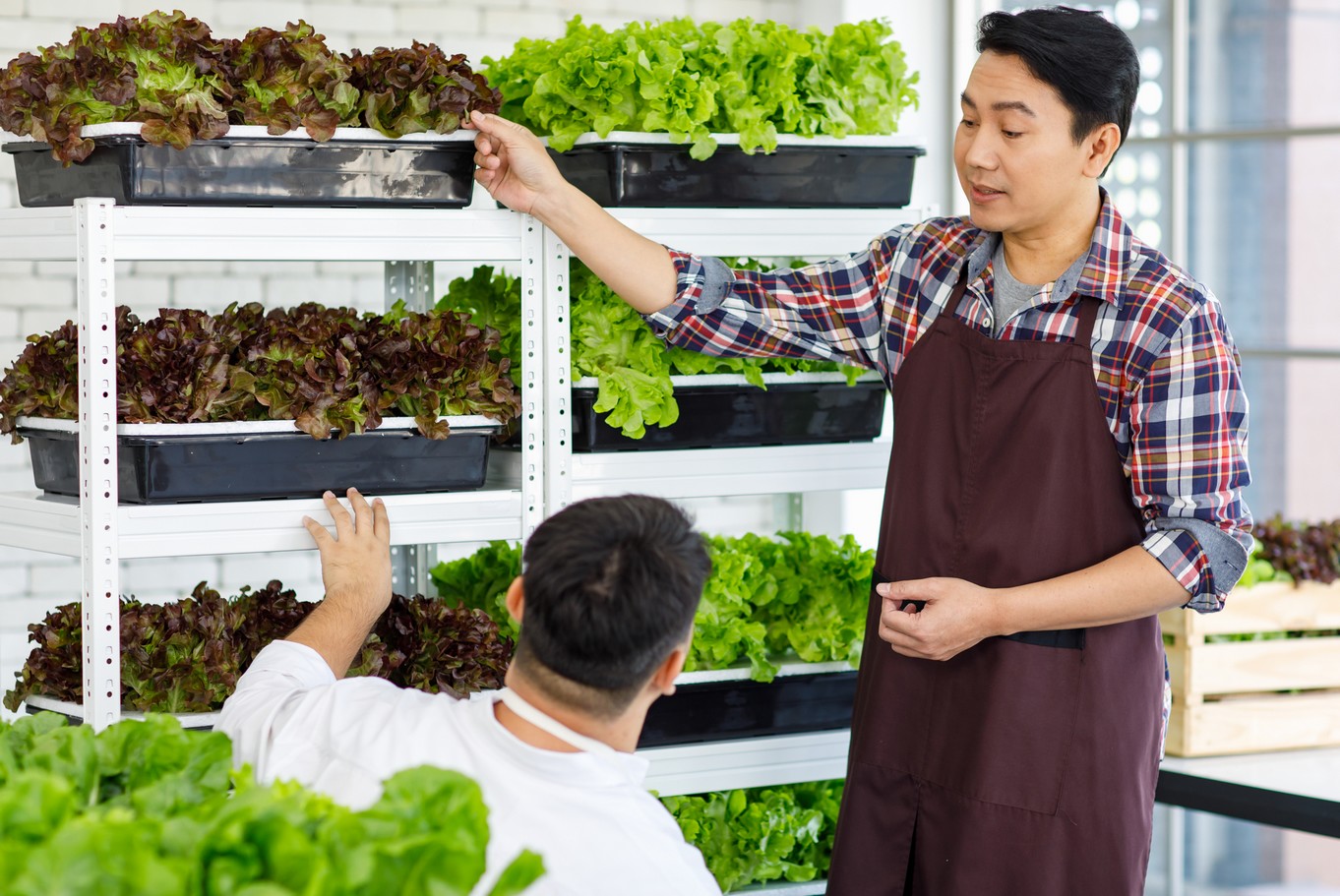Øystein Michael Falch joins ReelData as a Sales and Business Development Consultant

November 21, 2024 – Aquaculture professional and well-known consultant to the fish farming industry, Øystein Michael Falch, recently adopted a contractor role with the land-based AI technology and software company ReelData. Focussing on Sales and Business Development within his home country, Norway, Øystein brings to ReelData more than 20 years of aquaculture experience, and a strong background in business development and finance.
 |
| Øystein Michael Falch |
Effective from 1st October 2024, Øystein will be working with the ReelData team to attract new customers and commercialise opportunities for the ReelData suite of tools including AI camera-based feeding efficiency, biomass estimation and fish counting. Gareth Butterfield, Commercial Director for ReelData had this to say about the appointment, “We’re thrilled to have Øystein join the team as a contractor for the Norwegian market. We’ve had some fantastic success in multiple geographies in the past several months but a missing link for us has been a physical representation in Norway and someone with strong sales, networking and leadership skills. Øystein fills that role perfectly.” With a history of working internationally for both cold and warm water fin-fish producers, Øystein is no stranger to working across continents in order to create an impact. And, with a skillset spanning financial analysis, planning and modelling, and development of strategies and business plans in addition to core sales competencies, Øystein is an obvious choice for the role. “The team here at ReelData are looking forward to working with Øystein and building upon an already growing client base by expanding into Norway. We’ve had significant communication with Norwegian producers and there’s a lot of excitement about our technology. By bringing Øystein on board, Norwegian customers of ReelData have a reputed and respected local resource on which they can rely.” continued Gareth.
Øystein commented on the new role, “What motivates me the most in any role is working for a greater purpose, something beyond personal gain. I strongly believe that technology has the power to drive meaningful improvements, and ReelData’s solutions offer real benefits for the aquaculture industry, including reducing environmental impact and lowering production costs. These are both essential to the sustainable growth of global aquaculture as we strive to feed a growing world population. That mission is what gets me excited every day! On top of that, I’ve been impressed by the talented team at ReelData, and I’m looking forward to being part of a group so dedicated to delivering exceptional products. I’m eager to join the journey and contribute to the company’s success.”
For more information, visit HERE.
The Aquaculturists
Øystein Michael Falch joins ReelData as a Sales and Business Development Consultant Read More »





